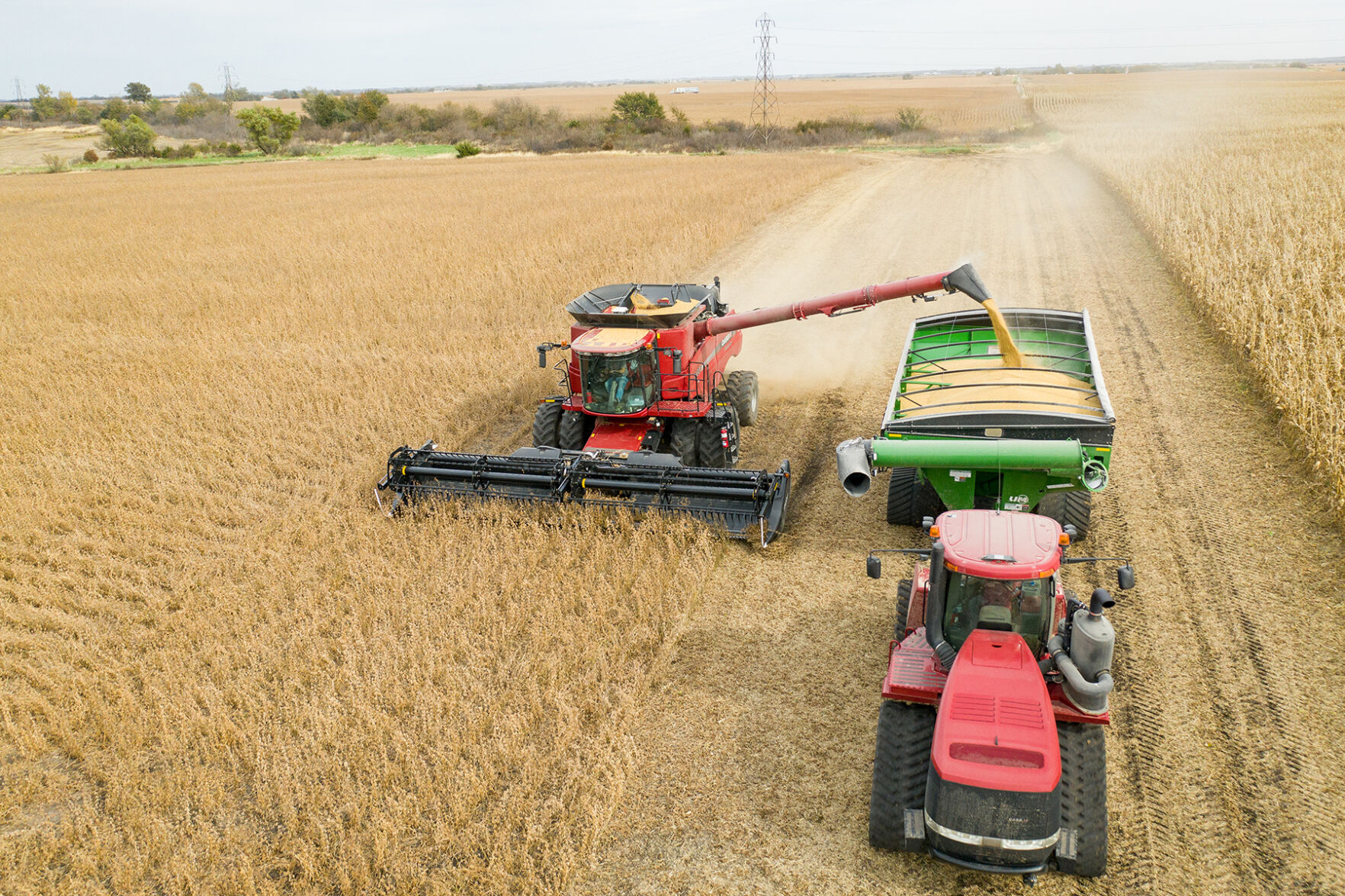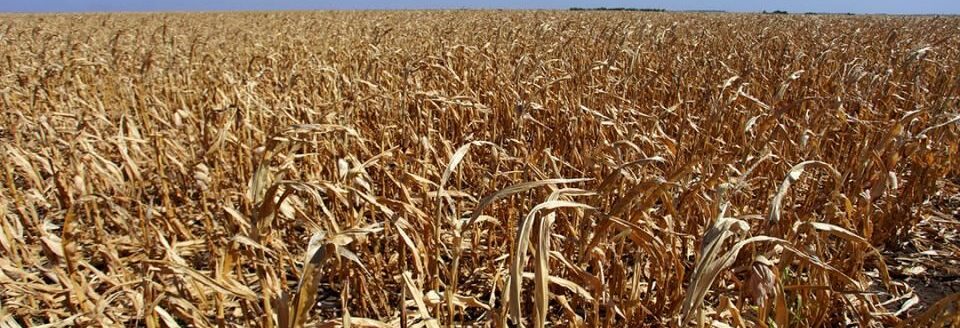Kansas soybean growers dealt with dry conditions

Drought conditions in Kansas at the end of 2024 were better than at the start of the year at most locations, and that impacted soybean growers, according to results published by the Kansas Agricultural Experiment Station.
Nationwide soybeanproduction in 2024 totaled 4.37 billion bushels, up 5% from 2023, according to the U.S. Department of Agriculture. The average yield per acre was estimated at 50.7 bushels, up 0.1 bushel from 2023. Harvested area, at 86.1 million acres, was up 5% from last year.
According to USDA, Kansas farmers harvested 4.42 million acres with a yield of 35 bushels per acre and raised 154.7 million bushels.
The state’s drought-free percentage was as high as 49% in February and fell to a low of 1.5% on November 5. There was no severe drought or worse drought anywhere in the state at the end of the year; the last remaining D2 was removed on Nov. 19. The last time Kansas had no areas in severe drought or worse status before this year was in July 2021.
For soybeans, diseases of note included sudden death syndrome (SDS) and frogeye leaf spot. Soybeans in waterlogged soils were prone to Pythium root rot and Phytophthora root rot.
Overall, soybeans were not as affected by pests as in some years. No infestations over large areas were noted. However, many fields throughout the state were filling pods just as populations of corn earworms (soybean podworms) were depositing eggs.
Thus, podworm infestations were still evident but not as widespread as in some years. Spider mites infested many acres in 2024, and these, coupled with drought conditions, contributed to reduced yields in many dryland fields throughout north central Kansas.
The Kansas performance tests, conducted annually by the Kansas Agricultural Experiment Station, provide farmers, Extension workers and seed industry personnel with unbiased agronomic information on many of the hybrids marketed in the state. Entry fees from private seed companies finance the tests. Because entry selection and location are voluntary, not all hybrids or varieties grown in the state are included in tests, and the same group of hybrids or varieties is not grown uniformly at all test locations. Companies submit seed treated with systemic insecticides, which can affect yield in some situations.
Three to four plots (replications) of each hybrid or variety were grown at each location in a randomized complete-block design. Each harvested plot consisted of two rows trimmed to a specific length, ranging from 20 to 30 feet at the different locations.
Explanatory information is given in summaries preceding data for each test. A summary of growing season precipitation data is given for individual test discussions. General trends in precipitation relative to normal are readily observed in the graphs.
Results are available online at www.hpj.com.



